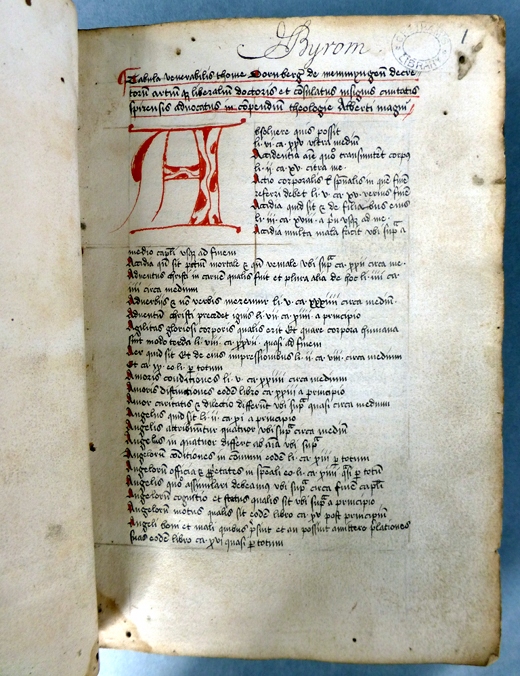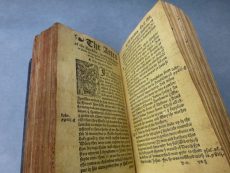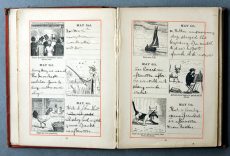- About
- Visiting
- What’s On
- Venue hire
- Catalogues
- Collections
- 101 Treasures of Chetham’s
- Digital Resources
- The Flowers of Histories
- A Book of Hours from France
- The Manchester Scrapbook
- Thomas Barritt of Manchester
- Art Treasures Examiner of 1857
- Manchester Association for Constitutional Order
- The North Western Museum of Science and Industry: Some Reminiscences by Richard Hills
- Criminal Manchester
- The Cup of Destiny
- Athenaeum Souvenir
- Middle English Manuscripts
- Manchester and Liverpool of Today
- Hollingworth’s Mancuniensis
- Memoir of Cecil Wray
- William Seward’s Diary
- The Anti-Monopolist
- Fishwick’s History of Rochdale
- Knyvett’s Defence of this Realm
- Tractatus de Nigromantia
- Axon Ballads
- Printed Books & Ephemera
- Archives & Manuscripts
- Prints and Photographs
- Blog
- Support us
Historic Bindings from the Byrom Collection
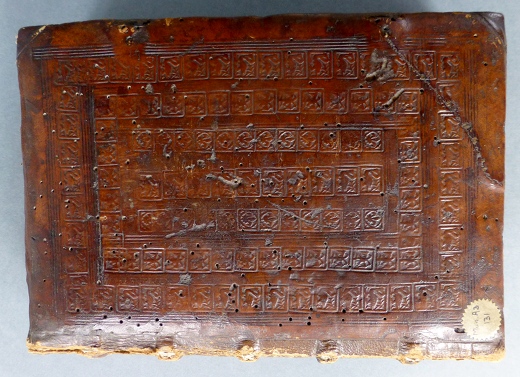
Although the preservation of material in its original condition is now central to the Library’s conservation policy, many of the books at Chetham’s have been rebound in the past in order to make them more useable. The nineteenth century in particular saw large numbers of books rebound in inappropriate half and quarter calf bindings which devalued the texts they contained.
The poet and book collector John Byrom, however, did not approve of this practice, and almost always kept material in its original state, choosing not to rebind his collection in the bright red morocco beloved by so many of his contemporary collectors. As a result Byrom’s collection has a number of wonderful historic bindings, of which the following are worth mentioning:
Writings of Coluccio Salutati (1331-1406)
Italian (Florence?) and English, early fifteenth century and before 1447
Written on vellum
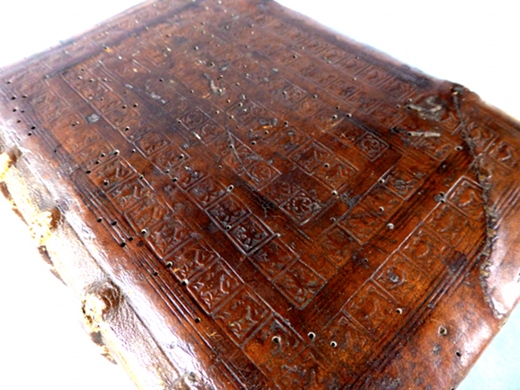
This manuscript was begun in Italy early in the fifteenth century, and finished later in England. According to two erased inscriptions, the work belonged at one time to Humphrey, Duke of Gloucester (1390-1447), the youngest brother of Henry V.
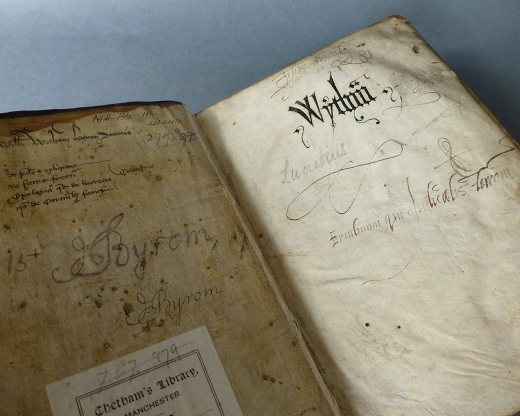
The medieval binding is of wooden boards covered with blind-stamped leather by a binder who worked at Salisbury around 1460, repaired and rebacked in the nineteenth century by W.H. Woods and Co of Manchester.
Hymnal
English, second half of the fifteenth century
Written on vellum
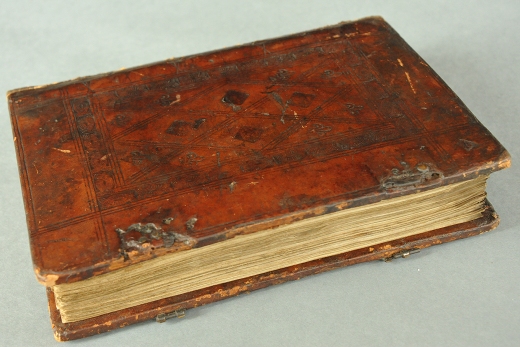
This elegantly ornamented manuscript hymnal dates from the second half of the fifteenth century in England, and was likely to be intended for the use of the brothers at Syon Abbey.
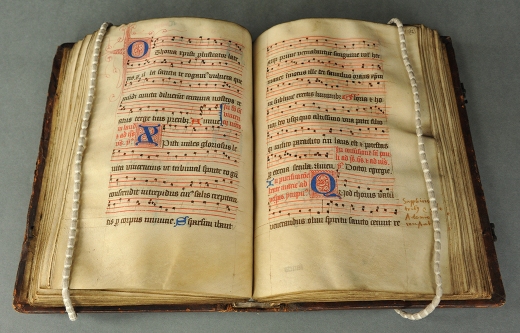
The contemporary binding is the work of the ‘Caxton bindery’, which was at work in Westminster until c. 1510 and bound printed material by Caxton and his successor Wynkyn de Worde. It consists of brown leather over wooden boards, blind tooled to a panel design. The border of the panel is filled with interlaced crescent tools and the panel is divided by fillets into lozenges containing square floral tools, and half lozenges containing fleur-de-lis tools. There are remnants of two pairs of clasps. The volume was re-backed and repaired by W.H. Woods and Co.
Hugh Ripelin of Strasburg (c. 1205-c. 1270) (previously attributed to Albertus Magnus)
Compendium theologicae veritatis (Compendium of theological truth)
Printed in Venice by Christophorus Arnoldus, 5 April 1476
and
Pierre d’Ailly (1350-1420?)
Expositio super Cantica Canticorum (Exposition of the Song of Songs)
[Printed in Paris] by Antoine Cailiaut, 16 September 1483

These two theological works were bound together by the beginning of the sixteenth century and possibly earlier. The volume was owned by William Horman (1459-1501), Headmaster of Winchester and vice-provost of Eton College, and was bound for him in the fifteenth century by the binder known as the ‘Virgin and Child binder’, on account of his most distinctive stamp. A triple blind fillet border encloses a panel of diagonal triple fillets forming a pattern of four lozenges and eight triangles containing Virgin and Child, heart and quatrefoil blind stamps. There is a single brass catch on the lower board.
